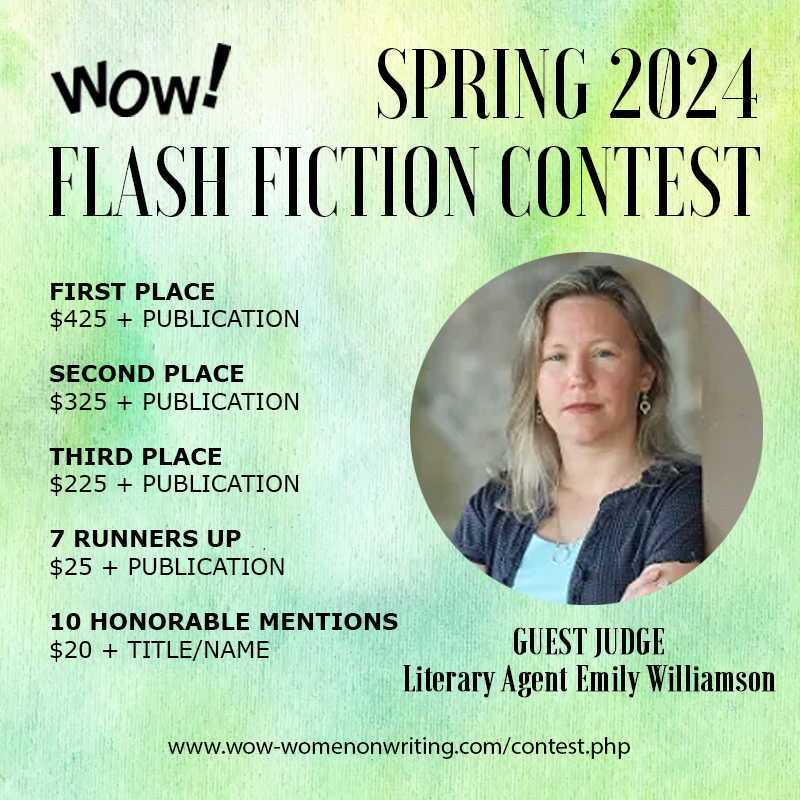I've noticed an increasing number of articles lately trying to define creativity and how to embrace it, with titles like Develop your creativity, Expand creativity, Create your creativity, and Creative creativity. All that creativity confused me. I wondered, what is creativity?
Defining creativity depends on who you ask. Every source I reviewed had a different set of criteria. After reading more than a dozen articles, I came up with my own three-step definition of the creative process. Creativity is the ability to 1) pay attention, 2) connect the dots and/or make analogies in order to 3) develop something new. Here's how those steps work for me:
1) Pay attention: Also referred to as mindfulness. Ideas are everywhere, so pay attention to the world around you. Notice not only the new things, but the old things you see every day. It's easy to pay attention when something changes. Let's say you drive the same route every day to work, and sometimes pull into your parking space, turn off the engine, and have no recollection of driving there. But if there had been new road construction, or a herd of sheep blocking the road, you would probably be more alert to the situation. Paying attention to the same old thing isn't easy, but try narrating your drive one morning to identify the world around you. It's all interesting once you notice.
For instance, today I went outside to my car in the parking lot after work. Quiet surrounded me until I heard a rustling sound, the wind jostling the brown leaves on a young oak tree. The rustling sounded like water running over rocks in a river.
2) Connect the dots/analogies - Creativity includes, but is not limited to, the ability to connect the dots, develop analogies or comparisons to develop something new. Here's what I began to ask myself: Are all rivers water? The Jet Stream is a river of air, perhaps. Crossing a river, river as freedom, Mark Twain examined the Mississippi River in his books, it drew him in, lives depend on the river, rivers flood, floods destroy, his brother Henry died in a steam boat explosion, but also renew. Rebirth, the Underground Railroad, streams of people heading to free states. Rebirth, baptism, new life. River of life, river of death if they got caught.
3) Develop something new, draw conclusions from these analogies or comparisons, or select an object and deconstruct it. Write about it. I heard a presentation last year regarding the Underground Railroad. That same phrase popped up when connecting some ideas that stood out to me today. The presenter described the fear of being caught. Silence meant safety, the sound of rustling could mean the end of the trip, the end of a life, if a canoe of men patrolling the river caught someone trying to escape.
While all of those images swirled around my head, I paid attention, connected the dots, and created something new.
Here's my poem about the Underground Railroad:
Blue o'clock, the darkest time of night,
Meet by the river, blind to the future
That waits on the banks with silent strangers
Who push for freedom with those who
Stand up to the past and break the current,
Risking everything to be part of history
They would rather not, but can tell
Grandchildren about, if they are lucky.
The creative process is different for everyone, but if you pay attention to your own ideas, connect the dots, you can develop something new.
Mary Horner teaches communications, freelances as a writer and editor, and tries to understand the creative process.
Deconstructing my creative process
Wednesday, March 13, 2019
Powered by Blogger.












1 comments:
Hi Mary:
I love your poem. And I like how you took us through your creative process. I also had to chuckle a little about your introduction with all the creative process titles and ideas you've seen lately. It reminds me also of all the decluttering and mindfulness everyone is doing, too. :)
Post a Comment